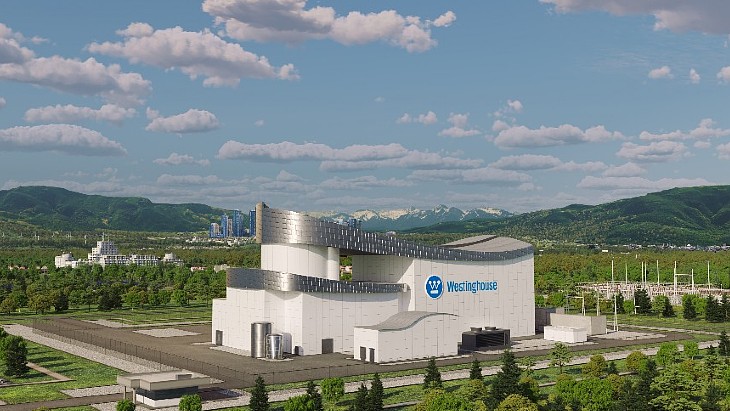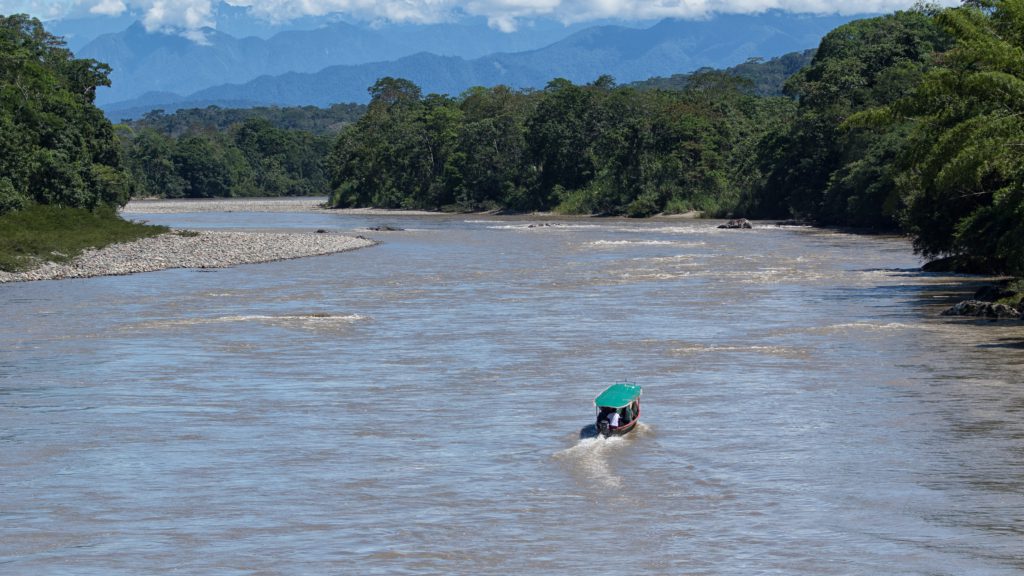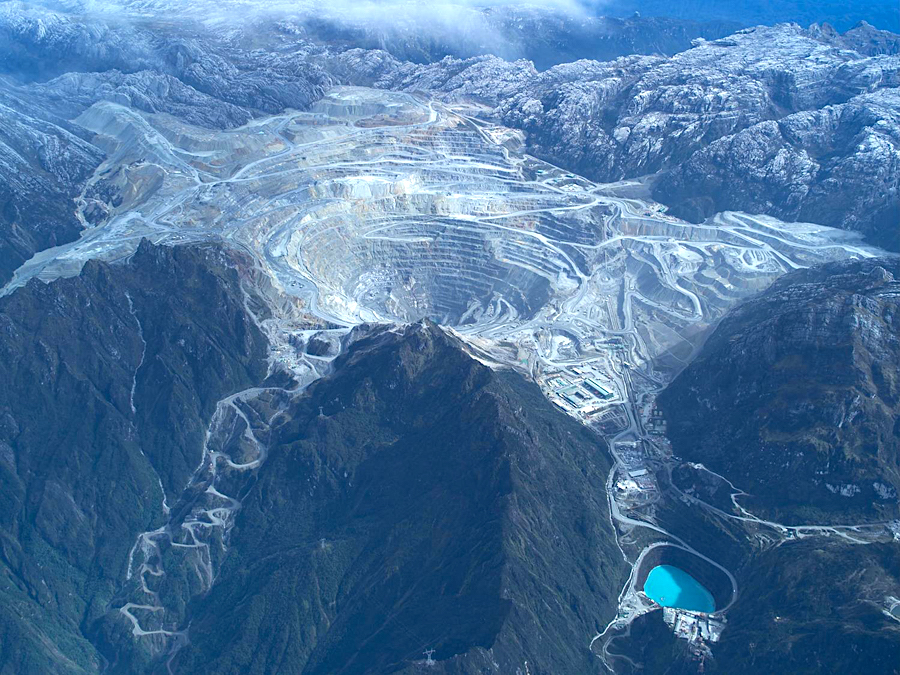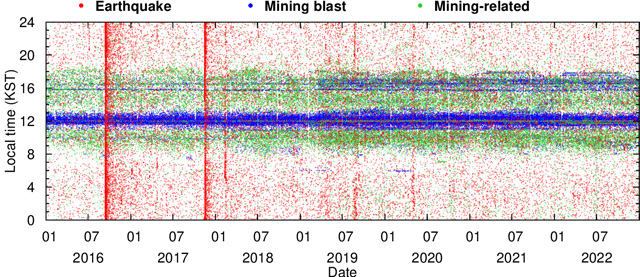Gentle method allows for eco-friendly recycling of solar cells

By using a new method, precious metals can be efficiently recovered from thin-film solar cells. This is shown by new research from Chalmers University of Technology, Sweden. The method is also more environmentally friendly than previous methods of recycling and paves the way for more flexible and highly efficient solar cells.
Today there are two mainstream types of solar cells. The most common is silicon-based and accounts for 90 percent of the market. The other type is called thin-film solar cells which in turn uses three main sub-technologies, one of which is known as CIGS (Copper Indium Gallium Selenide), and consists of a layer of different metals, including indium and silver. Thin-film solar cells are by far the most effective of today's commercially available technologies. They can also be made bendable and adaptable, which means that they can be used in many different areas. The problem is that the demand for indium and silver is high, and increased production is accompanied by a growing amount of production waste, which contains a mixture of valuable metals and hazardous substances. Being able to separate attractive metals from other substances, therefore, becomes extremely valuable, both economically and environmentally, as they can be reused in new products.
“It is crucial to remove any contamination and recycle, so that the material becomes as clean as possible again. Until now, high heat and a large amount of chemicals have been used to succeed, which is an expensive process that is also not environmentally friendly”, says Ioanna Teknetzi, PhD student at the Department of Chemistry and Chemical Engineering, who together with Burcak Ebin and Stellan Holgersson published the new results in the journal Solar Energy Materials and Solar Cells.
Now their research shows that a more environmentally friendly recycling process can have the same outcome.
“We took into account both purity and environmentally friendly recycling conditions and studied how to separate the metals in the thin-film solar cells in acidic solutions through a much ‘kinder’ way of using a method called leaching. We also have to use chemicals, but nowhere near as much as with previous leaching methods. To check the purity of the recovered indium and silver, we also measured the concentrations of possible impurities and saw that optimisation can reduce these”, says Ioanna Teknetzi.
The researchers showed that it is possible to recover 100 percent of the silver and about 85 percent of the indium. The process takes place at room temperature without adding heat.
“It takes one day, which is slightly longer than traditional methods, but with our method, it becomes more cost-effective and better for the environment. Our hopes are that our research can be used as a reference to optimise the recycling process and pave the way for using the method on a larger scale in the future”, says Burcak Ebin.
The method
1. The film from the solar cell is analysed with respect to material, chemical composition, particle size and thickness. The solar cell is placed in a container with an acid solution at the desired temperature. Agitation is used to facilitate dissolution of metals in the acid solution. This process is called leaching.
2. Leaching effectiveness and chemical reactions are assessed by analysing samples taken at specific times during the leaching process. The different metals are leached at different times. This means that the process can be stopped before all the metals begin to dissolve, which in turn contributes to achieving higher purity.
3. When the leaching is complete, the desired metals are in the solution in the form of ions and can be easily purified to be reused in the manufacture of new solar cells.
More about the study
Valuable metal recycling from thin film CIGS solar cells by leaching under mild conditions has been published in Solar Energy Materials and Solar Cells. The authors are Ioanna Teknetzi, Burcak Ebin and Stellan Holgersson at the Department of Chemistry and Chemical Engineering at Chalmers University of Technology. The study has been carried out at Chalmers Material Analysis Laboratory, CMAL, and the research has received funding from the Swedish Energy Agency.
For more information, please contact
Chalmers University of Technology in Gothenburg, Sweden, conducts research and education in technology and natural sciences at a high international level. The university has 3100 employees and 10,000 students, and offers education in engineering, science, shipping and architecture.
With scientific excellence as a basis, Chalmers promotes knowledge and technical solutions for a sustainable world. Through global commitment and entrepreneurship, we foster an innovative spirit, in close collaboration with wider society.The EU’s biggest research initiative – the Graphene Flagship – is coordinated by Chalmers. We are also leading the development of a Swedish quantum computer.
Chalmers was founded in 1829 and has the same motto today as it did then: Avancez – forward.
---
Images provided in Chalmers University of Technology press releases are, unless specified otherwise, free for download and publication as long as credit is given to the University and the individual creator. Cropping and rescaling of the images is permitted when required for adaptation to the publication’s format, but modifications that would influence the message and content of the original are not. The material is primarily intended for journalistic and informative use, to assist in communication and coverage of Chalmers’ research and education. Commercial usage, for example the marketing of goods and services, is not permitted.
We kindly request credit to be given in the following format where possible:
Image/Graphic/Illustration: Chalmers University of Technology | Name Surname
.jpg?ext=.jpg) Industrial gases company Linde is the prime applicant on behalf of GLCH (Image: Linde)
Industrial gases company Linde is the prime applicant on behalf of GLCH (Image: Linde) How the AP300 might look (Image: Westinghouse)
How the AP300 might look (Image: Westinghouse)






